
Complete Guide to Exploring Japan with the JR Pass
The Japan Rail Pass, or JR Pass, is one of the most convenient and cost-effective ways to explore Japan, especially for travelers looking to cover long distances. Designed exclusively for international tourists, the JR Pass provides unlimited travel on Japan Railways (JR) trains, including the famous shinkansen (bullet trains), regional lines, and some buses and ferries. This guide offers everything you need to know about the JR Pass, from where to buy it to how to maximize its value as you explore Japan’s top destinations.
Contents
5. Popular JR Routes and Destinations
6. Sample Itineraries with the JR Pass
1. About the JR Pass
The JR Pass was created to give international visitors an affordable and flexible way to travel around Japan. It covers all JR-operated trains, including the shinkansen (except for the fastest Nozomi and Mizuho lines), and many JR-operated buses and ferries. Available in 7-day, 14-day, and 21-day durations, the pass offers unlimited travel within the chosen period, making it ideal for those looking to explore multiple regions across Japan.
2. Types of JR Pass
The JR Pass comes in two main types: Ordinary and Green. The Ordinary Pass provides standard seating, while the Green Pass allows access to the “Green Car,” or first-class seating, which offers more space and comfort. Both types are available for 7, 14, or 21 days, with prices varying depending on the duration and seating class. Additionally, some regional JR passes are available, such as the JR East Pass or JR Kyushu Pass, which cover specific areas and may be cost-effective for shorter trips focused in a particular region.
3. Where to Buy the JR Pass
The JR Pass can be purchased online, from authorized sellers outside Japan, or from JR offices at select airports and major train stations in Japan. Purchasing the pass online before arriving is often more affordable, and you’ll receive an exchange voucher that must be redeemed for the actual pass upon arrival in Japan. Be sure to bring your passport when redeeming the pass, as you’ll need to show proof of your tourist status to qualify.
4. How to Use the JR Pass
Once you have your JR Pass, using it is straightforward. Present the pass at manned ticket gates to board JR trains, and show it to JR staff when using buses or ferries. Seat reservations for shinkansen and other limited express trains can be made at JR ticket offices or automated machines. While the pass covers reserved seating, you can also use non-reserved seats without a reservation. Be mindful that the JR Pass does not cover the Nozomi and Mizuho shinkansen, so be sure to plan accordingly if you’re traveling on routes serviced by these trains.
5. Popular JR Routes and Destinations
Tokyo to Kyoto and Osaka
The Tokaido Shinkansen is one of the most popular JR routes, connecting Tokyo with iconic cities like Kyoto and Osaka in under three hours. This route is ideal for travelers wanting to experience Japan’s cultural heartland, with quick access to Kyoto’s temples, Nara’s deer park, and Osaka’s vibrant street food scene.
Tokyo to Hokkaido
For those interested in Japan’s northern regions, the JR Pass covers the Hokkaido Shinkansen from Tokyo to Hakodate. From there, travelers can easily explore Hokkaido’s famous winter festivals, national parks, and ski resorts. The journey offers scenic views and convenient access to Sapporo, Furano, and other popular Hokkaido destinations.
Kyushu Route: Fukuoka, Nagasaki, and Kumamoto
The Kyushu Shinkansen provides smooth travel through southern Japan, connecting Fukuoka with cities like Nagasaki, Kumamoto, and Kagoshima. This route is perfect for exploring Japan’s volcanic landscapes, hot springs, and historic sites, with the JR Pass covering numerous Kyushu destinations.
6. Sample Itineraries with the JR Pass
7-Day Itinerary: Tokyo to Kyoto, Nara, and Osaka
With a 7-day pass, you can explore the highlights of Tokyo before taking the shinkansen to Kyoto, where you’ll discover historic temples, shrines, and cultural sites. Continue on to Nara for a day trip to see the famous bowing deer and Todaiji Temple. Finish the journey in Osaka, enjoying its vibrant nightlife and cuisine before returning to Tokyo.
14-Day Itinerary: Tokyo, Tohoku Region, and Hokkaido
In 14 days, start by exploring Tokyo and then head north to the Tohoku region, visiting scenic spots like Aomori, Sendai, and Matsushima Bay. Travel onwards to Hokkaido, exploring Hakodate and Sapporo, especially if visiting during winter. The JR Pass allows seamless travel through this diverse northern route.
21-Day Itinerary: Full Japan Tour
With 21 days, a full Japan tour is possible, covering Tokyo, Kyoto, Osaka, and major attractions in Kyushu, Shikoku, and Hokkaido. This comprehensive itinerary is ideal for travelers wanting to experience Japan’s diverse landscapes and cultural landmarks, with the JR Pass enabling effortless intercity travel across the entire country.
7. Tips for Maximizing Your JR Pass
To make the most of your JR Pass, start by planning your routes and travel dates to align with the pass’s activation period. If you have specific routes in mind, reserve your seats early to secure comfortable seating, especially during peak travel seasons. Consider using JR regional passes if your itinerary focuses on a particular area, as these can sometimes be more economical than a nationwide pass.
Take advantage of JR Pass benefits beyond trains; the pass covers JR ferries, including the popular ferry to Miyajima near Hiroshima, and some JR-operated buses. Utilize JR Pass app resources to check train schedules and plan routes effectively.
8. Important Conditions and Restrictions
The JR Pass is available only to temporary visitors with a “Temporary Visitor” stamp in their passports. It cannot be used by Japanese residents or those without tourist status. Remember that the pass doesn’t cover private rail lines or subway systems, so additional tickets may be necessary when traveling within cities.
The JR Pass also excludes the fastest Nozomi and Mizuho shinkansen trains, but you can still use the Hikari and Sakura trains, which offer only slightly longer travel times. Understanding these conditions will help you avoid unexpected costs and make the most of your JR Pass experience.
The JR Pass is an excellent tool for exploring Japan’s vast and varied regions. By planning well and understanding how to use the pass, you can enjoy a seamless travel experience across the country, from bustling Tokyo to the tranquil countryside. This guide has covered everything you need to know to maximize your JR Pass, allowing you to travel with ease, visit top destinations, and discover the beauty of Japan.
Share
You may also like
-

Visiting Japan’s Love Hotel Districts: What to Expect
Japan’s love hotel districts are famous for their unique and fascinating blend of privacy, creativity, and a touch of...
-

Top 10 Late-Night Dining Spots in Tokyo’s 24-Hour Cafes
Tokyo’s vibrant nightlife extends well beyond bars and nightclubs, with a thriving late-night dining culture tha...
-
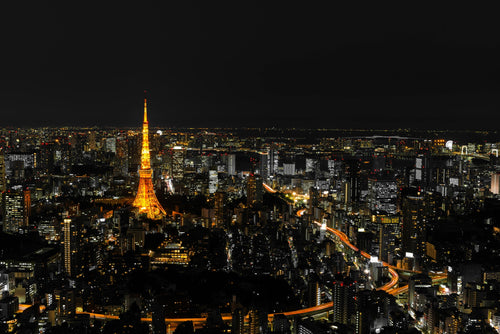
Best Night Tours in Tokyo for After-Dark Adventures
Tokyo’s nightlife is renowned for its energy, vibrancy, and unique blend of traditional and modern experiences. From ...
-
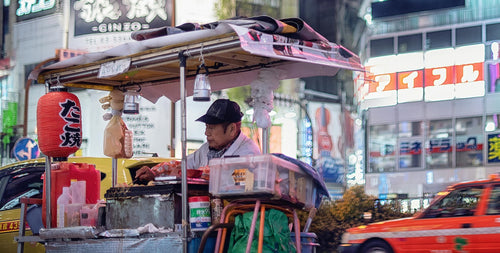
Japan’s Late-Night Food Culture: 8 Best Street Eats
Japan’s late-night food culture is a vibrant experience, especially in bustling cities like Tokyo and Osaka, where de...
-
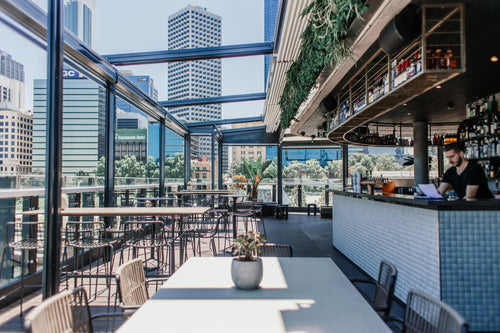
7 Rooftop Bars in Tokyo for Stunning Views
Tokyo’s rooftop bars offer some of the best ways to soak in the city’s skyline while enjoying drinks, atmosphere, and...
-

10 Best Nightclubs in Tokyo for Dancing and Music Lovers
Tokyo's nightlife is renowned for its variety and energy, with nightclubs that range from high-energy dance floors to...
-
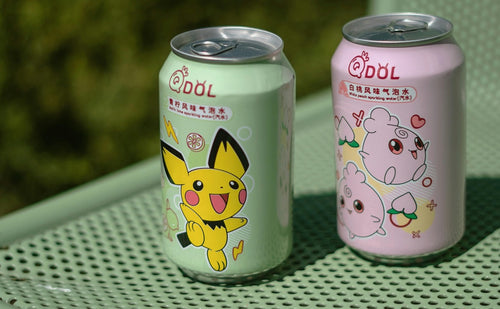
8 Themed Bars and Cafes You Need to Visit in Tokyo
Tokyo is famous for its creative and quirky themed bars and cafes, offering immersive experiences for locals and...
-

Tokyo Nightlife Guide: Shinjuku, Shibuya, and Roppongi Highlights
Tokyo’s nightlife is legendary, offering a mix of vibrant energy, entertainment, and unique experiences in some of it...
-
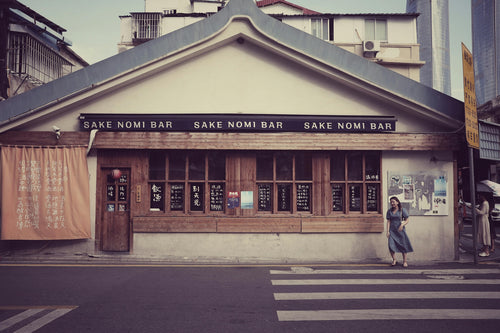
7 Best Japanese Sake Bars in Tokyo
Tokyo is home to some of Japan’s best sake bars, offering both locals and visitors an opportunity to explore the...
-
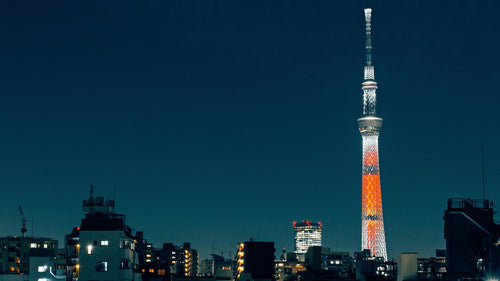
Top 6 Observation Decks in Tokyo for Scenic Views
Tokyo’s observation decks offer some of the best panoramic views of the city, giving visitors a chance to see th...
-
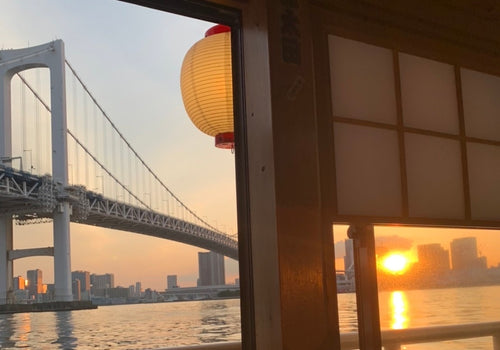
Night Cruises in Tokyo: Enjoy the City Views
Tokyo’s skyline is mesmerizing at any time, but experiencing it from the water on a night cruise adds a magical ...
-
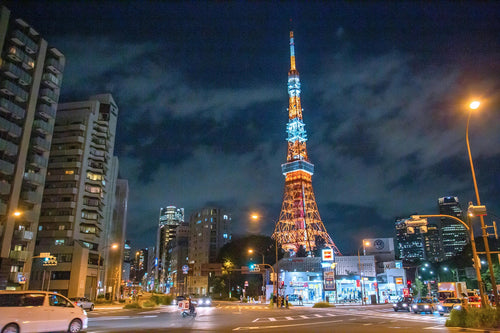
Roppongi Art and Nightlife Guide
Roppongi is one of Tokyo’s most vibrant districts, known for its lively nightlife, sophisticated art scene, and ...
-
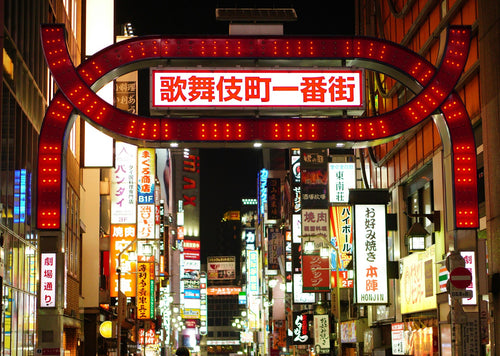
Nightlife Guide to Shinjuku Kabukicho
Shinjuku’s Kabukicho district, known as Tokyo’s “Sleepless Town,” is the center of nightlife in Tokyo. Renowned ...
-
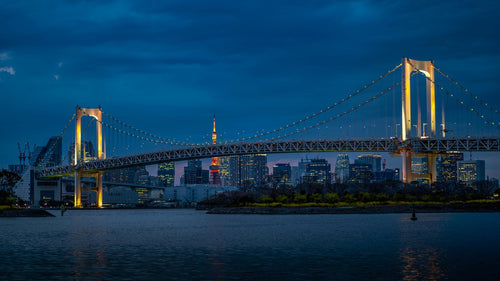
6 Best Night View Spots in Tokyo
Tokyo at night is a breathtaking spectacle, with illuminated skyscrapers, iconic landmarks, and bustling streets that...
-
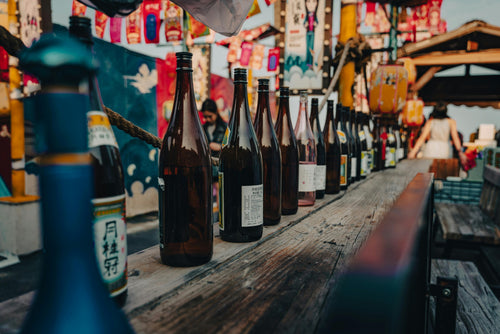
Top 12 Sake Breweries in Japan for Tasting and Tours
Japan’s sake culture is celebrated around the world for its depth, complexity, and rich history. Sake, or nihons...
-
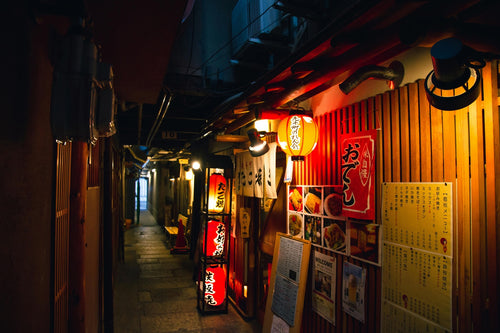
How to Enjoy a Night at a Japanese Izakaya
Japanese izakayas are casual, lively spots where locals gather after work to enjoy drinks, share small plates, a...
-

Exploring Karaoke Culture in Japan: 8 Best Places to Sing
Karaoke is an integral part of Japanese culture, offering a fun and entertaining way for friends, family, and even co...
-
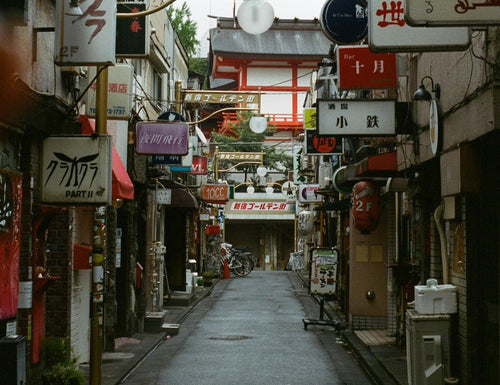
5 recommended bars in Golden Gai
Golden Gai, nestled in the heart of Tokyo’s Shinjuku district, is one of the city’s most iconic bar districts. Known ...
-
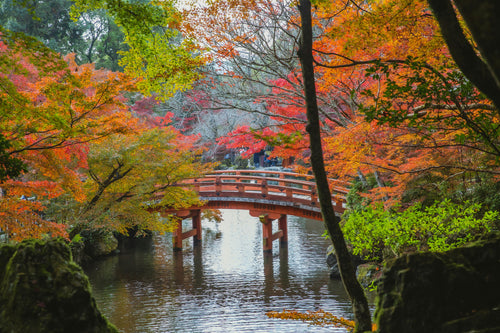
10 Japanese Gardens You Should Visit for Tranquility
Japanese gardens are renowned for their beauty, tranquility, and intricate designs that reflect harmony with nature. ...
-
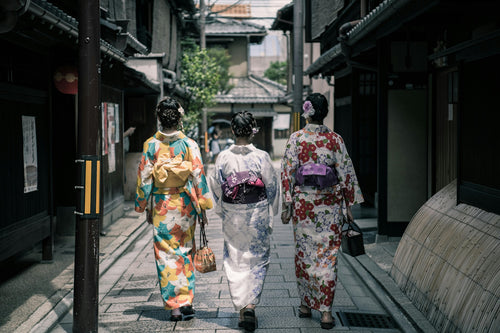
Japan’s Kimono Heritage: Symbolism, Style, and Where to See
The kimono, Japan’s traditional garment, is a beautiful and symbolic representation of Japanese culture. From its int...
-

Etiquette Essentials for Visitors to Japan
Japan’s culture is rich in respect, politeness, and consideration, making etiquette an essential part of daily l...
-

7 Best Places to Discover Japan’s Samurai History
Japan’s samurai history is one of honor, skill, and deep cultural influence, stretching back centuries and leaving an...
-
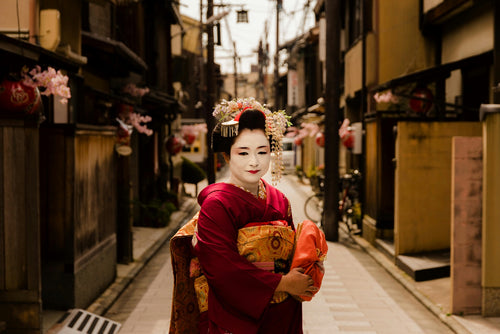
Geisha Culture in Japan: Myths and Realities
The world of geisha, Japan’s skilled performers and keepers of traditional arts, has long intrigued people around th...
-
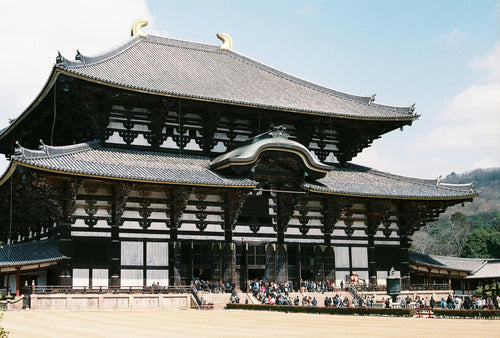
Japan’s Unique Architecture: Top 8 Traditional and Modern Landmarks
Japan is renowned for its unique blend of ancient architectural heritage and cutting-edge modern designs. From c...
-
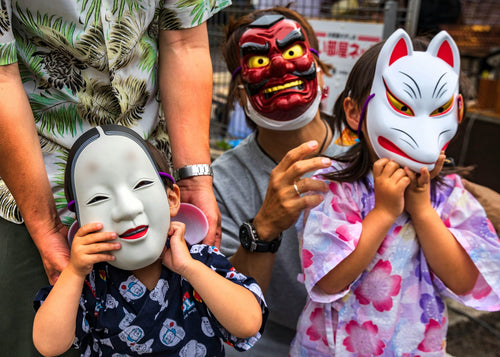
10 Traditional Japanese Festivals (Matsuri) You Can’t Miss
Japanese festivals, or *matsuri*, are vibrant celebrations of cultural heritage, featuring elaborate costumes, l...
-
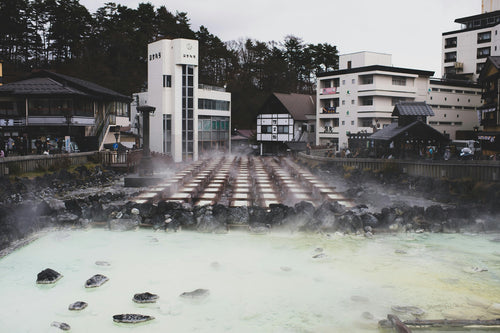
Japan’s Three Great Onsen: A Guide to Famous Hot Springs
Japan is famous for its natural hot springs, or *onsen* (温泉), offering visitors a unique opportunity to relax and rej...
-
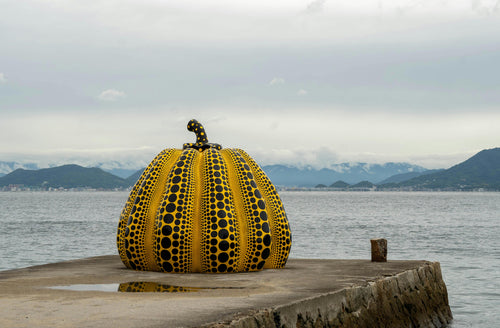
Japanese Art Exploration: Best Spots to Enjoy Art in Japan
Japan is a country rich in artistic heritage, from centuries-old traditional crafts to modern, innovative instal...
-

Guide to Japan’s Fireworks Festivals: When and Where to Go
Japan’s summer fireworks festivals, known as "hanabi taikai" (花火大会), are among the most anticipated events in th...
-
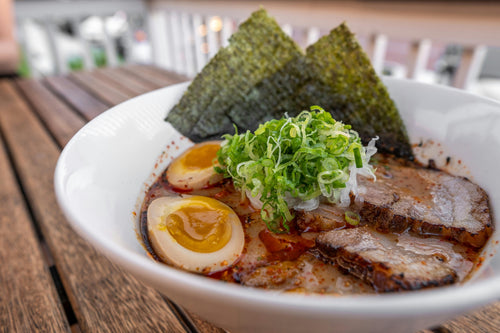
Where to Experience Ramen-Making Classes in Japan
Ramen is one of Japan’s most beloved dishes, with countless regional styles and flavors that attract food lovers from...
-
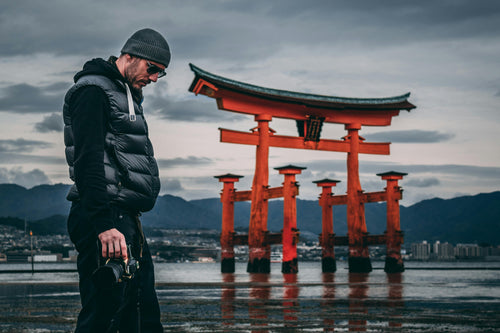
Power Spot Tours: Japan’s Famous Temples and Shrines
Japan is a land steeped in spiritual history, and visiting its temples and shrines provides not only a glimpse i...
-
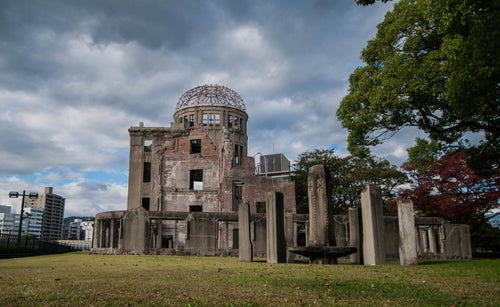
UNESCO World Heritage Site Tour Guide in Japan
Japan is home to numerous UNESCO World Heritage Sites, each offering a glimpse into the country’s rich cultural herit...
-
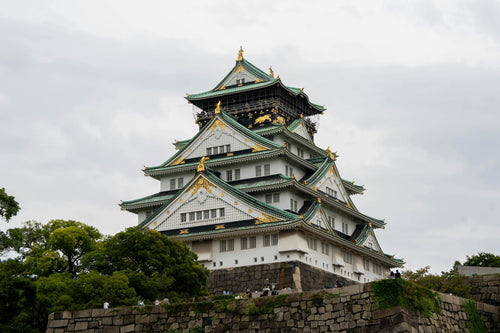
5 Famous Japanese Castles: History and Highlights
Japan is home to some of the most beautiful and historically significant castles in the world. Built during the feuda...
-
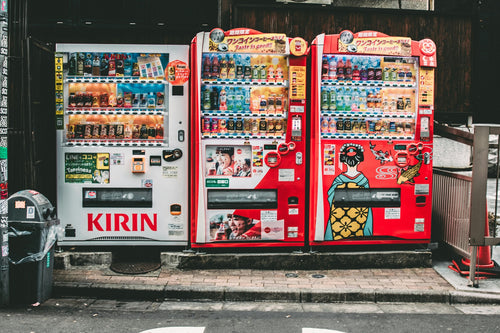
10 Unique Drinks to Try from Japanese Vending Machines
Japan is famous for its vending machines, offering an incredible variety of drinks that go beyond just soft drinks an...
-
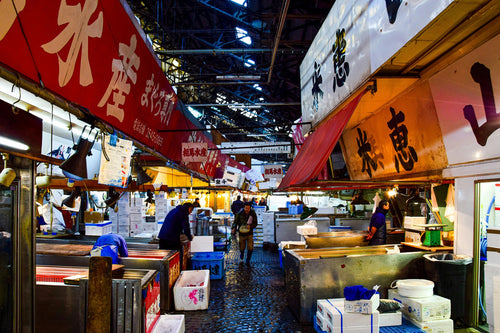
Tokyo Market Guide: Exploring Tsukiji and Toyosu Markets
Tokyo's Tsukiji and Toyosu Markets are must-visit spots for food lovers and anyone interested in Japan’s rich culinar...
-
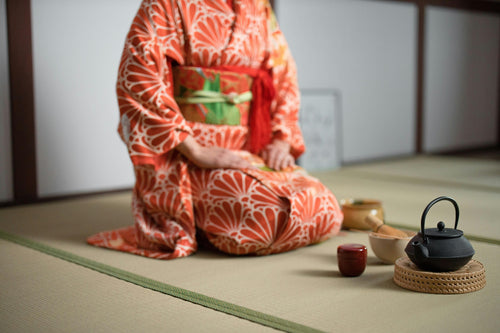
Experiencing Traditional Tea Ceremony in Tokyo
The Japanese tea ceremony, or "chanoyu," is a cultural experience steeped in tradition, aesthetics, and mindfulness....
-
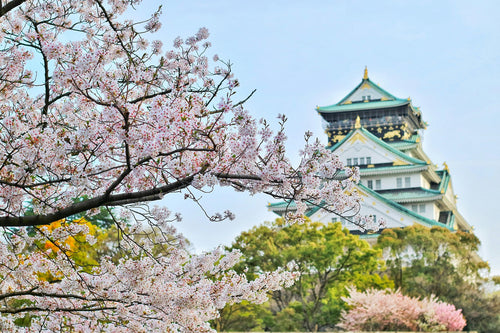
Top 7 Cherry Blossom Viewing Locations in Tokyo
Springtime in Tokyo is synonymous with the cherry blossom season, a breathtaking period when the city’s parks, rivers...
-
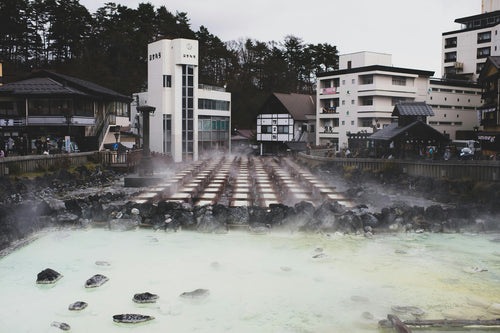
What is Onsen? A Guide to History, Benefits, and Etiquette
Onsen, Japan’s cherished hot spring culture, offers a unique blend of relaxation, scenic beauty, and deep-rooted trad...
-
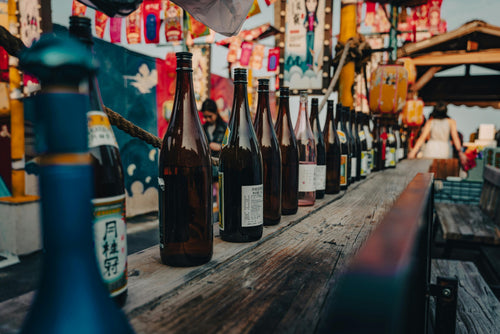
What is Sake? Its Production Method and History
Sake is a traditional Japanese alcoholic beverage made from fermented rice. It has been enjoyed in Japan for over a t...
-
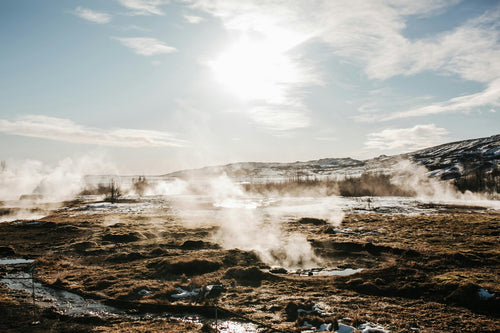
8 hot springs with beautiful scenery near Tokyo
Tokyo is a bustling metropolis, but just outside the city are some of Japan's most serene hot springs, or onsens, off...
-

Top 10 museum to visit in Tokyo
Tokyo is home to a diverse range of museums that cater to all interests, from art and history to technology and pop c...
-
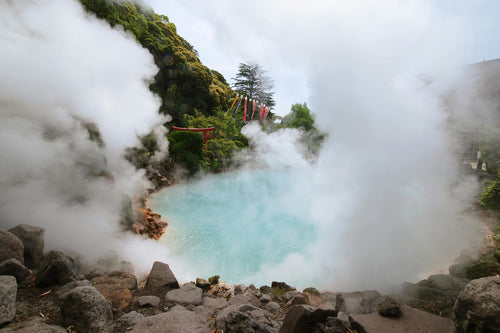
9 Best Hot Spring and Bathhouse in Tokyo
Tokyo is known for its vibrant urban energy, but it's also a fantastic place to relax and rejuvenate in hot springs (...
-
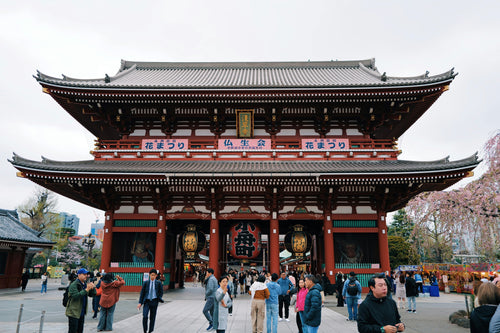
15 Famous Temples and Shrines to Visit near Tokyo
Tokyo and its surrounding areas are home to many famous temples and shrines that showcase Japan's rich spiritual and ...










































